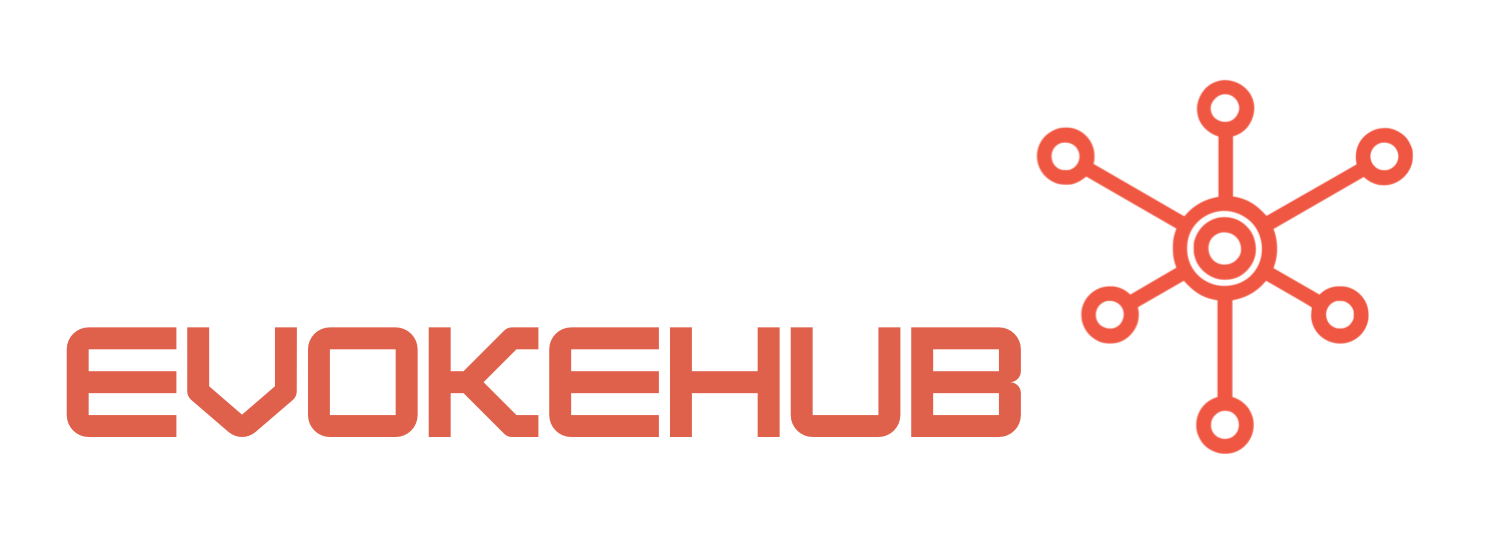Understanding Azure Batch: Cost Structure and Optimization Techniques
Azure Batch is a cloud services–based designed to manage and scale computing jobs efficiently. The cost structure revolves around the consumption of virtual machines (VMs), storage, and data transfer. Azure Batch charges are primarily based on the type and number of VMs you provision, the region in which they operate, and the duration for which you use them. This means that understanding the pricing model is crucial for effective budgeting and forecasting of compute costs. To gain insights into the detailed pricing, you can refer to the Azure Pricing Calculator.
Optimization techniques for Azure Batch can vary based on workload requirements and project goals. One primary method to optimize costs is to choose the right VM size and type based on the specific needs of your application. Azure offers a wide range of VMs, each optimized for different tasks. For instance, compute-optimized VMs are best for CPU-bound tasks, while memory-optimized VMs are designed for memory-intensive applications. Selecting the appropriate VM can help prevent over-provisioning and reduce costs significantly.
Another effective optimization technique involves leveraging Azure’s Spot VMs, which offer significant savings compared to standard VMs. Spot VMs utilize unused Azure capacity and can be up to 90% cheaper than regular pricing. However, they may be evicted when Azure needs the capacity back, so they are best suited for fault-tolerant and flexible workloads. By combining Spot VMs with standard VMs, organizations can strike a balance between cost savings and reliability.
Strategies for Reducing Compute Costs in Azure Batch Workloads
One of the most effective strategies for reducing compute costs in Azure Batch is to implement auto-scaling. This feature allows Azure Batch to automatically adjust the number of VMs based on workload demands. By scaling down during idle periods and scaling up during peak times, organizations can avoid unnecessary expenses. Setting up auto-scaling requires some initial configuration, but the long-term savings and performance improvements can be substantial. For a detailed guide on setting up auto-scaling, refer to the Azure Batch Auto-Scale documentation.
Another approach involves optimizing job scheduling to maximize resource utilization. Batch jobs can be configured to run concurrently, allowing for better use of available VMs. Additionally, breaking down complex workloads into smaller, manageable tasks can lead to faster completion times, enabling quicker turnover and more efficient use of resources. Utilizing Azure Batch’s scheduling policies can help ensure that jobs are distributed optimally across the available compute resources, thereby reducing costs.
Finally, consider employing cost management tools and reporting features provided by Azure. The Azure Cost Management + Billing service offers comprehensive insights into your spending patterns, enabling you to identify areas where you can cut costs. By regularly reviewing your Azure Batch expenditures and adjusting your configurations based on the insights gathered, you can maintain continuous optimization of your compute costs. More details can be found on the Azure Cost Management documentation.
Maximizing efficiency in Azure Batch compute costs is not merely a one-time effort but an ongoing process of monitoring and optimization. By understanding the cost structure and implementing effective strategies such as auto-scaling, job optimization, and utilizing cost management tools, organizations can significantly reduce their expenditure while still harnessing the power of Azure Batch. As your workloads evolve, continuous assessment and adjustment of your strategies will ensure that you maintain a cost-effective computing environment. Embracing these best practices will not only enhance your operational efficiency but also contribute to a more sustainable cloud computing strategy.




